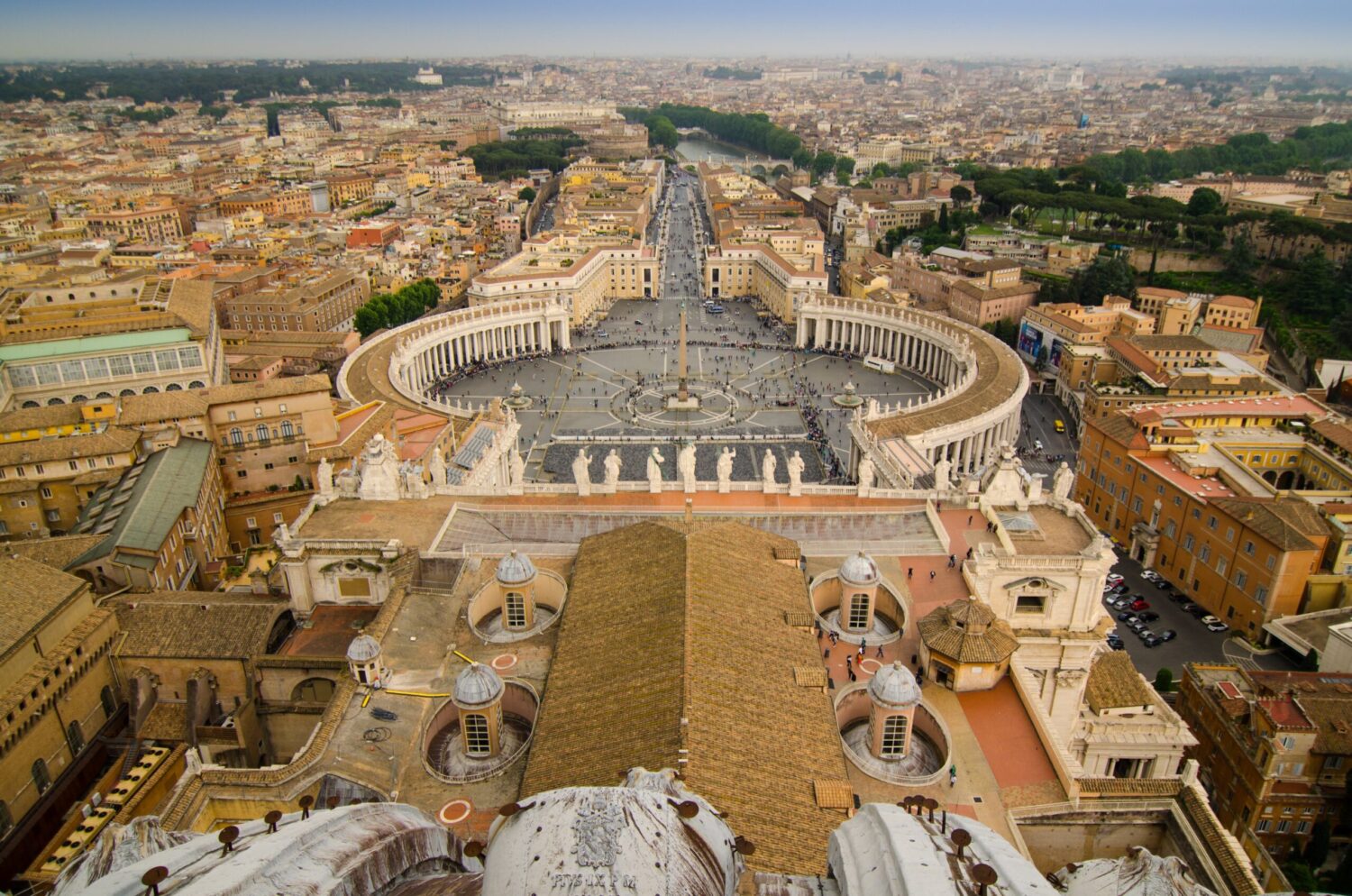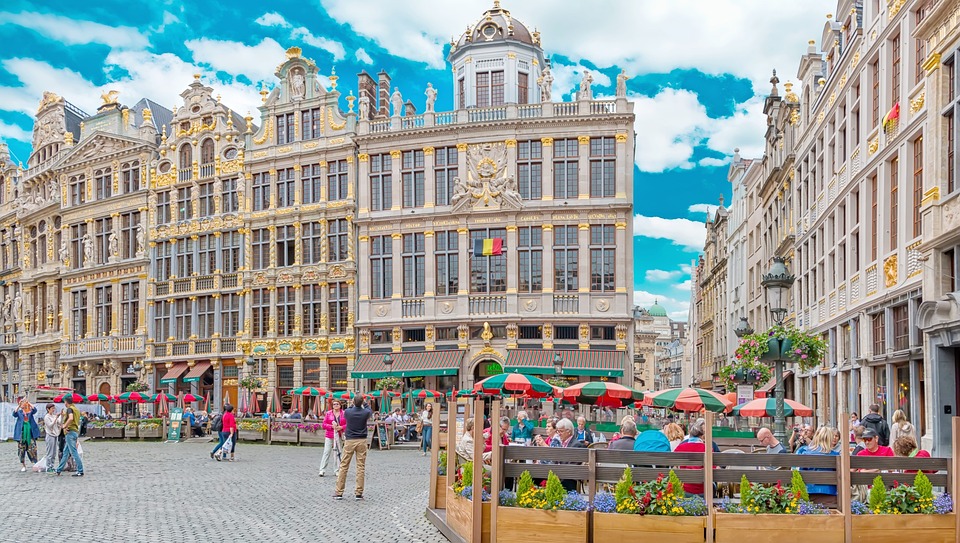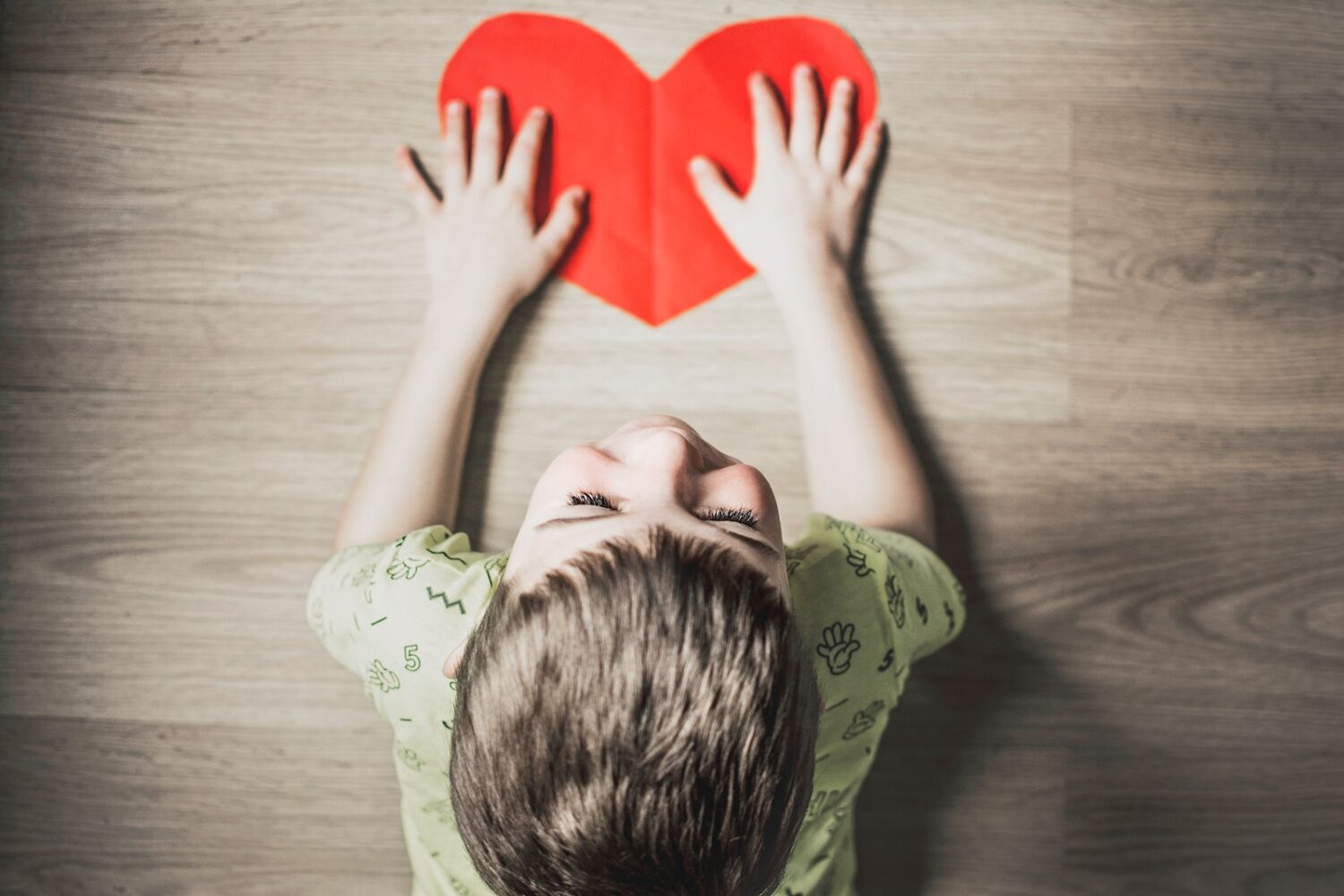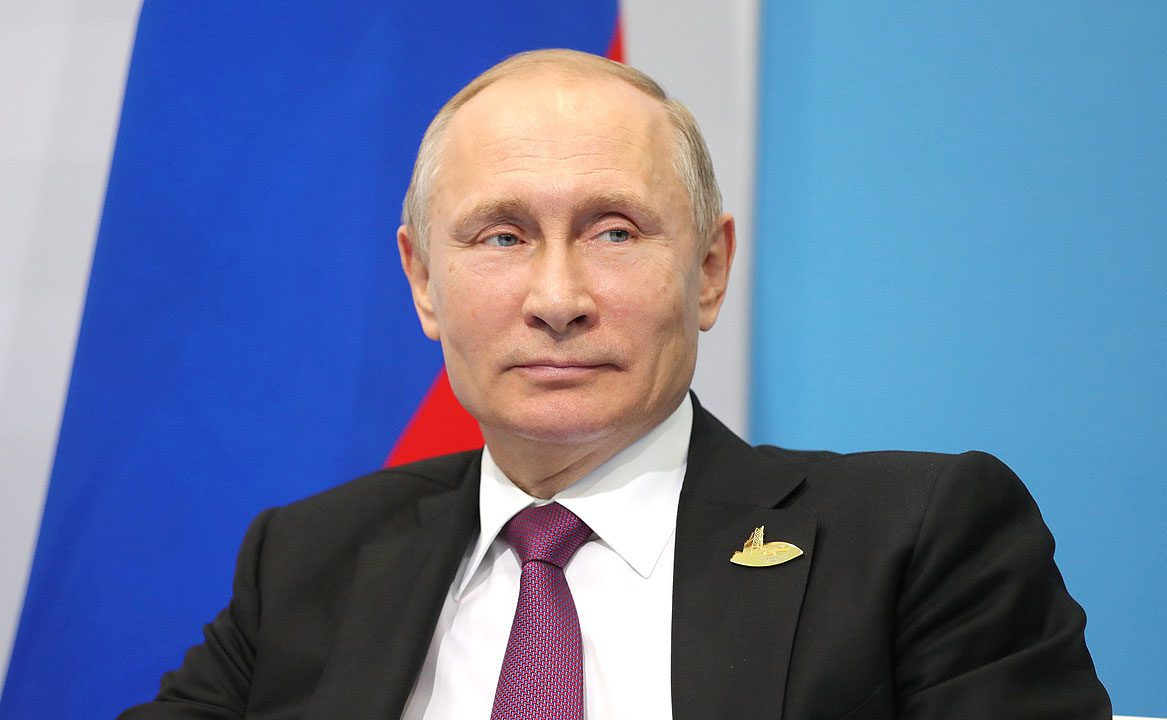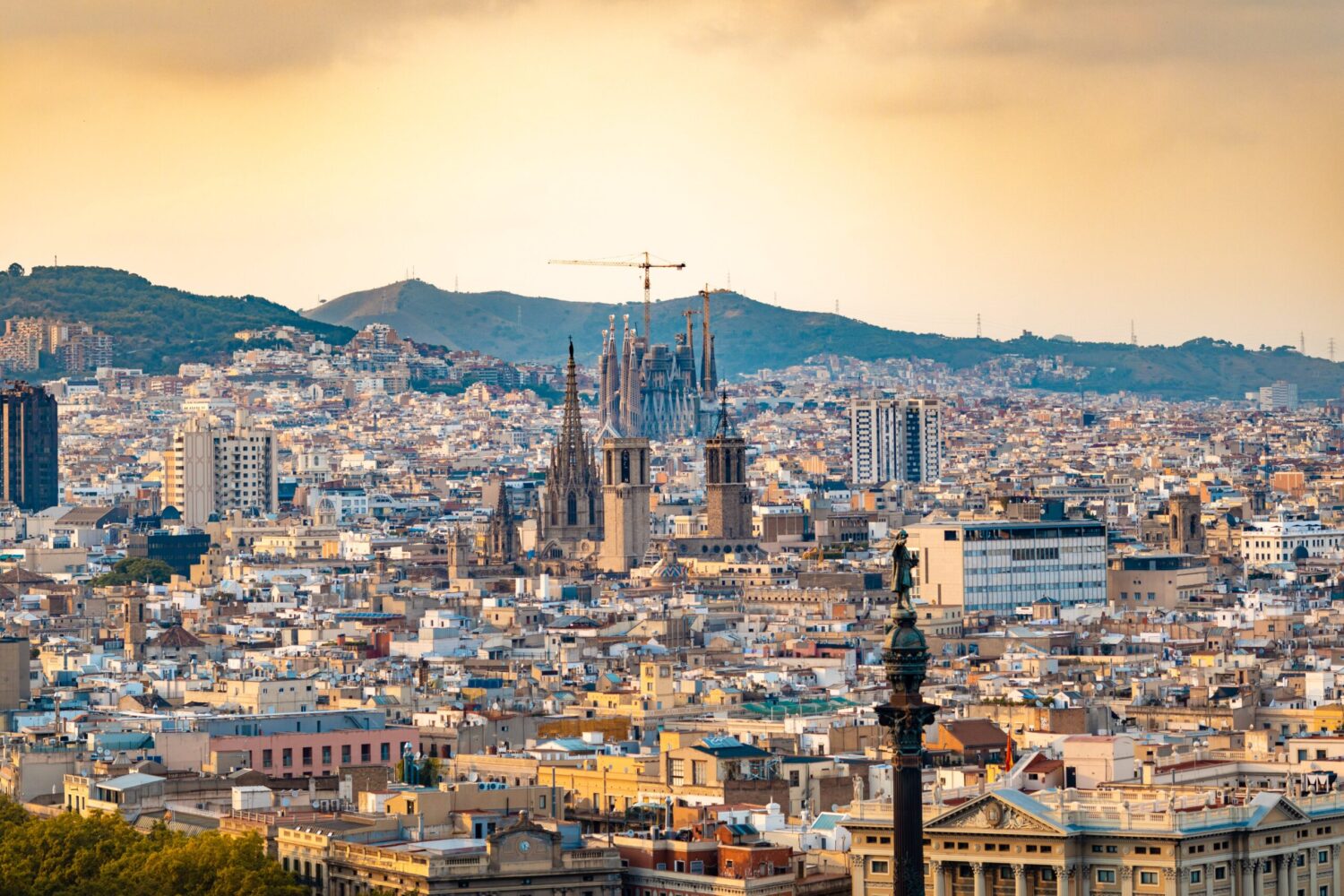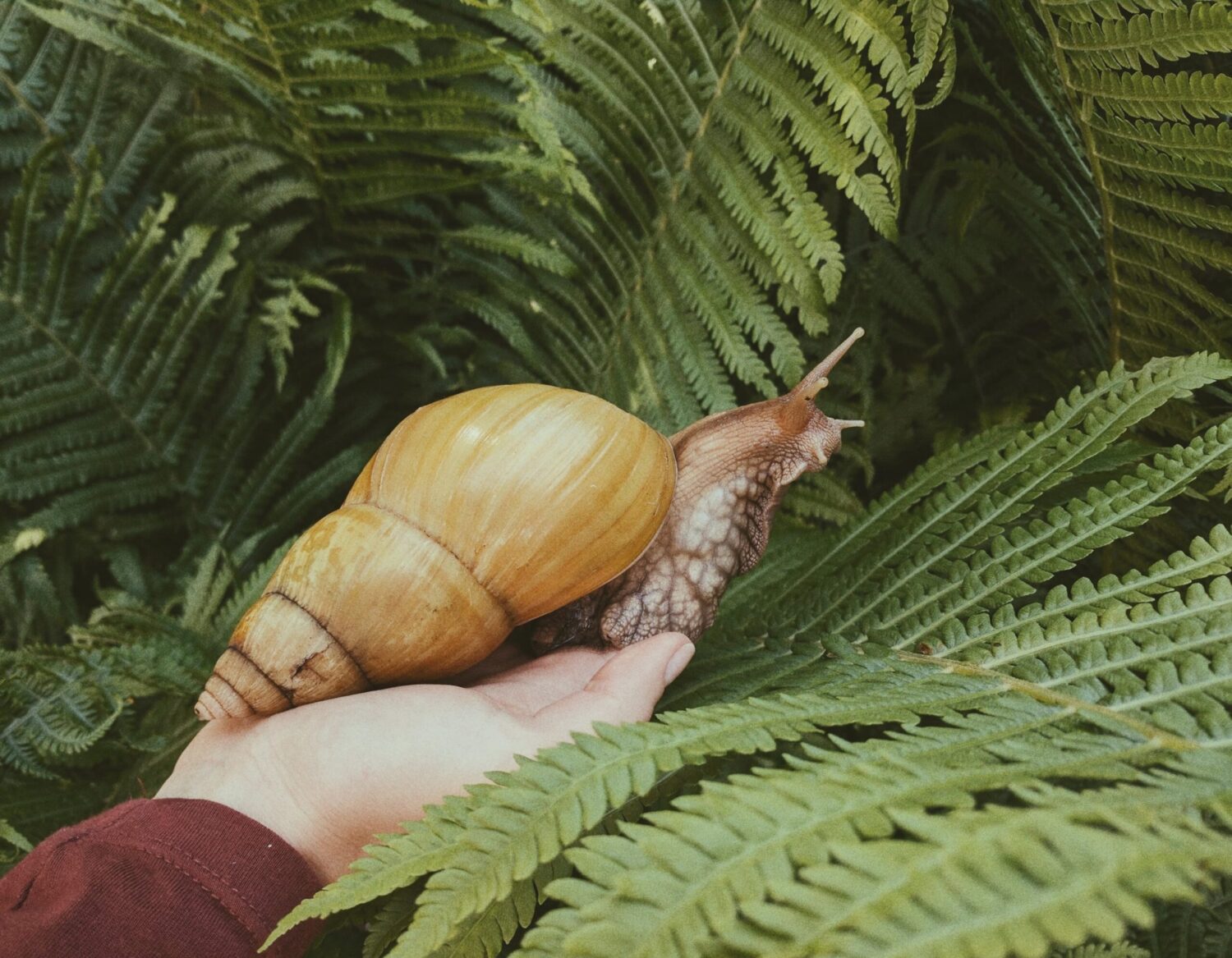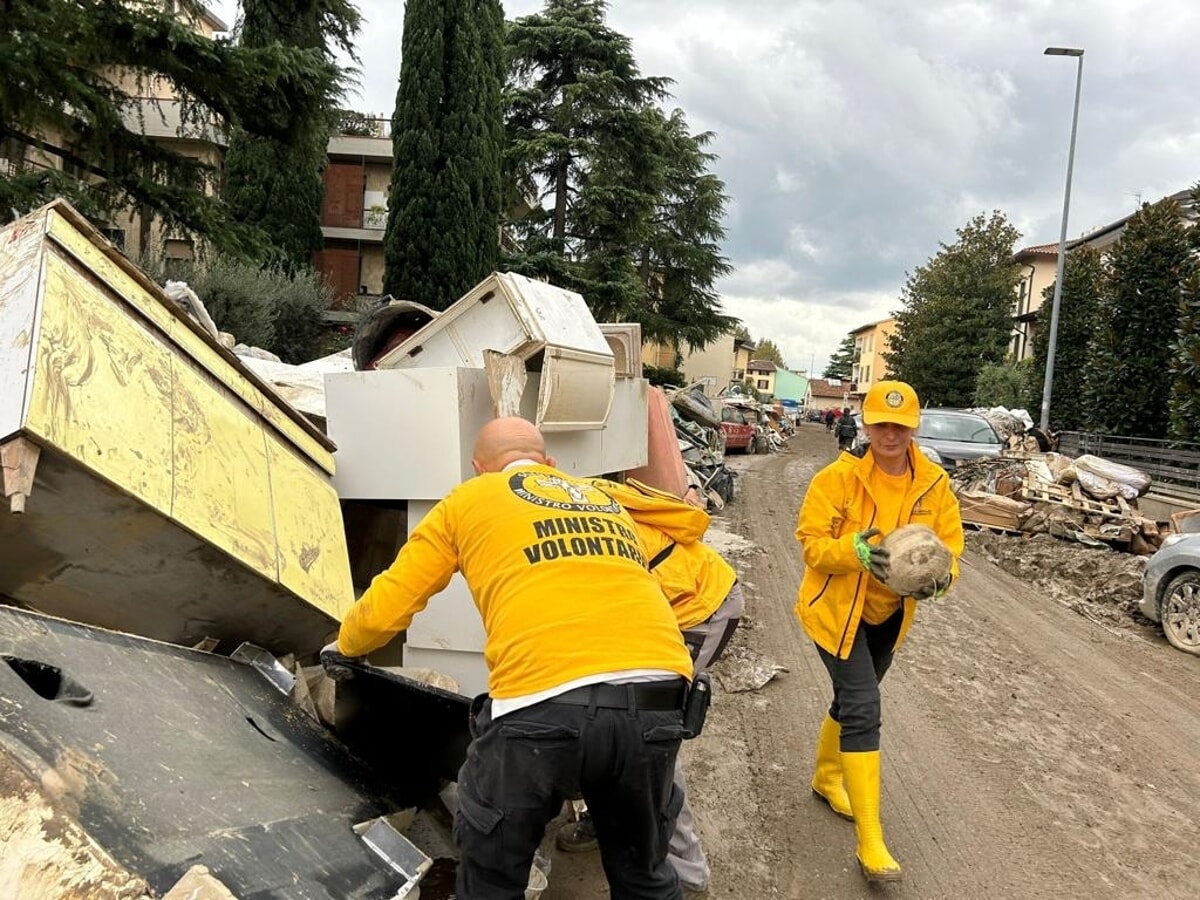120 years since the death of Camille Pissarro in 2023
In a world like ours – filled with ugly scenes of wars, bad news about the climate and the future of the planet, the landscape painting of masters of fine art, authors of harmonious natural pictures, acts as a balm for our soul. And he is one of those who saw the beauty in ordinary things, and he managed to convey it so sensually that we seem to live among the characters of his canvases, and we want to be transported into them.
It has been 120 years since the death of one of the founders of impressionism – the French painter Camille Jacob Pissarro.
Pissarro created a new figurative language in art and paved the way for a new perception of the world – the subjective interpretation of reality. He was an innovator for his time and has many followers – artists of the next generations.
He was born on July 10, 1830 on the island of St. Thomas in Charlotte Amalie, Danish West Indies (b.a. from 1917 – US Virgin Islands) – a colony of the Danish Empire, to parents of a Portuguese Sephardic Jew and a Dominican woman. He lived in the Caribbean until his teenage years.
At the age of 12, he was sent to study at the Savary Lycée (boarding school) in Passy, near Paris. His first teacher – Auguste Savary, a respected artist, supported his desire to paint. After five years, Pissarro returned to the island, with changed views on art and societies – he became a follower of anarchism.
His friendship with the Danish artist Fritz Melby took him to Venezuela. Some biographers of the artist claim that he did this secretly from his father. He and Melby set up a studio in Caracas, and at that time Pissarro only briefly returned to the island of St. Thomas to see his family. His father has been angry with him for three years – the plans for his son are to succeed him in the trade, not to become an artist.
In Caracas, Pissarro painted the cityscape, the market, the taverns, but also rural life. The beauty around completely overwhelms him. His father again tries to bring him home, but even on the island Pissarro most of the time did not stay in the shop, but ran to the port, to paint the sea and ships.
In October 1855, he went to Paris for the World Exhibition, where he became closely acquainted with the canvases of Eugene Delacroix, Camille Corot, Jean-Auguste Dominique Ingres, and others. In that period he was a passionate admirer of Corot and called him his teacher. He organized an independent pavilion outside the exhibition, which he called “Realism”.
Pissarro stayed in Paris because his parents also settled there. Lives in their home. He falls in love with their maid, Julie Vallee, and they marry. The young family had eight children. One of them died at birth, and one of their daughters did not live to 9. Pissarro’s children painted from an early age. He himself continues to improve. At 26, he signed up for private lessons at the Ecole des Beaux-Arts.
In 1859 he met Cézanne. Another significant event took place – for the first time his painting was presented in the official Art Salon. We are talking about “Landscape near Montmorency”, which does not make a special impression for comment on the part of experts, but it is a serious breakthrough of Pissarro in the guild.
Only two years later, he already had an established reputation as a good artist and registered as a copyist at the Louvre. However, the Salon jury began to reject his works and he was forced to show them in the Salon of the Rejected. Some believe that the reason for this is that Pissarro signed himself in the 1864 and 1865 catalogs of the Paris Salon as a student of Corot, but openly began to distance himself from him. This was not perceived as a desire to build his own style, but as a sign of disrespect, and in this sense it was unfair to the artist.
His rejection from the Salon was short-lived. In 1866, he was admitted again – he presented two of his paintings there. His works were also accepted in the following years, incl. until the 1870s.
Between 1866 and 1868 he painted with Cézanne in Pontoise. “We were inseparable!” Pissarro later shared, explaining the similarity of the works created by the two in that period. – But one thing is certain, he specifies – each of us has the only thing that matters: his feeling. to be seen …”.
In 1870, Camille Pissarro began working with Claude Monet and Renoir. In the following years, real creative inspiration seethed in his home in Louvesien – colossuses of fine art gathered there, such as those already mentioned, plus Cézanne, Gauguin and Van Gogh. Here we should specify that Pissarro was one of Van Gogh’s earliest admirers.
The Franco-Prussian War forced Pissarro to leave home and go to London, where he met Monet and Sisslet and was introduced to the picture dealer Paul Durand-Ruel. He buys two of his “London” oil paintings. Durand-Ruel later became the most important dealer for the Impressionists.
In June 1871, Pissarro suffered a heavy blow – he found his home in Louvesien completely destroyed. Prussian soldiers destroyed some of the his works from the earlier period. Pissarro could not bear this encroachment and moved to live in Pontoise, where he remained until 1882. In the meantime, he rents a studio in Paris, which he rarely uses.
In 1874, he participated in the first impressionist exhibition in Nadar’s studio. It is a momentous event that he celebrated with Cézanne. Five years later, Pissarro became friends with Paul Gauguin, who participated in the 1879 exhibition of the Impressionists.
And here comes the turn to say something inexplicable to this day for many art critics. Camille Pissarro – this man who so amicably created with the greatest artists of his time and amicably cooperated with them, suddenly fell into a crisis.
He moved to live in Erani and was looking for a new style for his works. Just in time, the pointillists Signac and Seurat appeared on the horizon, and Pissarro began to experiment with their technique of “points”, with which he created amazing landscapes. Participated in all eight Impressionist exhibitions, incl. and in the last one – in 1886.
In the 1990s, he was once again plagued by creative doubts and returned to “pure” impressionism. His character also changes – he becomes irritable, and in his political views – an even more radical anarchist.
Meanwhile, he successfully presents his works in London. fate often pushes him from success to obscurity. At a joint exhibition with Antonio de la Gandara at the Durand-Ruel Gallery, critics literally pretend not to notice his 46 works exhibited in the gallery and comment only on De la Gandara.
Camille Pissarro is literally crushed by the neglect. Today, his works sell for millions of dollars, but that was not the case at the time. Pissarro was constantly on the edge of restlessness.
The artist died in Paris and was buried in the cemetery of the great “Père Lachaise”. Entire collections of his paintings are held in the Musée d’Orsay in Paris and the Ashmolean Museum, Oxford.
His life intersects with such great personalities that it sounds like an epic. Did you know that one of the intellectuals, his loyal fan, was Emile Zola? Zola spared no words in praising Pissarro in his articles.
Indeed, not entirely undeservedly, Pizarro was left to eke out a living in the most difficult way to feed his family. He got to the point where he started painting fans and arranging shops to earn money. He often walked around with a painting under a Paris storefront, hoping someone would buy it. For this reason, he often sold his paintings for next to nothing. Claude Monet’s fate was no different, but Pissarro had a large family.
One of the saviors, as we have already said, was the dealer-gallerist Durand-Ruel. He was one of the few dealers who supported these insanely talented and unfairly poor artists, whose works today sell for fabulous prices. Claude Monet, for example, after years of poverty became the best-selling impressionist.
Camille Pissarro shook off his financial problems only in the last years of his life. Until then, the family was supported mainly by his wife, who provided food on the table with a small farm.
At the end of his life, Camille Pissarro participated in a number of impressionist exhibitions in Paris, New York, Brussels, Dresden, Pittsburgh, Petersburg, etc.
The artist died on November 12 (according to other reports on November 13) 1903 in Paris. One of the giants of impressionism is leaving. Although the artist is of Jewish descent, some critics call him the “Jewish” father of modern art.
A little trivia: If you remember Claude Monet’s hay bales, you should know that Pissarro painted them before him. The trees and apples in his works undoubtedly impressed Paul Cézanne. Pissarro’s pointillism, on the other hand, ignites Van Gogh’s “points”. Edgar Degas ignited Pissarro in the art of printing.
What a pleiad of masters of brush and beauty that time meets!
The Impressionists, however, split after the Dreyfus affair. They are separated by the wave of anti-Semitism in France. Pissarro and Monet defended Cap. Dreyfuss. You also think of Zola’s letter in defense of the captain, and Degas, Cézanne and Renoir were on the reverse side. For this reason, it came to the point that yesterday’s friends – Degas and Pissarro – passed each other on the streets of Paris without greeting each other.
Not everyone, of course, reached such an extreme. Paul Cézanne, for example, although he had a different opinion about The Affair than Pissarro, always said loudly that he recognized him as his “father” in art. Monet became the guardian of one of Pissarro’s sons after his death.
Camille Pissarro left us dozens of amazing canvases, among which the most popular are undoubtedly “Boulevard Montmartre” – 1897, “Garden in Pontoise” – 1877, “Conversation by the Fence” – 1881 “Self-Portrait” – 1903 and others. Even today, these paintings arouse true admiration from their author, who seems to have sealed life in such a way that it remains impervious to time.
Illustration: Camille Pissarro, “Self-Portrait”, 1903.




